This book is intended to appeal to junior accountants and entrepreneurs who need guidance and practical analytical tools to enable them to develop business plans, raise capital and assess risk. Readers can initiate their own business plans by copying over 200 lines of formulae that create a 5 year plan that includes an earnings statement (or profit and loss account), balance sheet and cash flow statement. It will also appeal to students taking accounting and finance modules that cover basic accounting techniques, ratio analysis, investment appraisal, as well as company valuation and share valuation. The book demonstrates with four case studies where practice often differs with theory.Chapter 1 covers basic book-keeping, showing how accounts are reconciled and controlled covering topics such as the working capital cycle and negotiating techniques. Chapter 2 deals with basic business planning and how to use ratio analysis (performance, asset management, structure, and investment ratios) to assess company performance. Chapter 3 explains that published accounts are based on a series of judgements and the effect the relatively new international financial reporting standards and legislation such as the Sarbanes-Oxley Act is having on corporate governance. Chapter 4 covers risk assessment and valuing companies. Four case studies bring everything together; how investment trusts are valued, the effect of restructuring on share prices, the difference between serious profit warnings and mere compliance with regulation and hostile takeovers. Via a thorough analysis of published accounts this book will show readers how to: distinguish between mandatory and optional reports; assess the strength of a company’s balance sheet; assess the risk factors associated with investment; assess whether or not the market value of a particular company is justified. * examines the difference between mandatory and optional reports* explains how to assess the strength of a companys balance sheet* looks at how to assess whether or not the market value of a particular company is justified
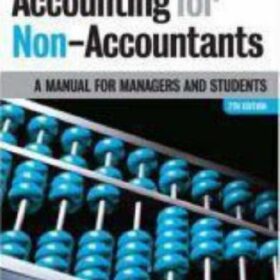 Accounting for Non-Accountants: A Manual for Managers and Students eBook
$13.00
Accounting for Non-Accountants: A Manual for Managers and Students eBook
$13.00
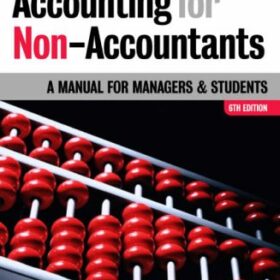 Accounting for Non-accountants: A Manual for Managers and Students eBook
$13.00
Accounting for Non-accountants: A Manual for Managers and Students eBook
$13.00
Accounting for Non-Accountants: A Manual for Managers and Students eBook
$12.00
- Delivery: Can be download immediately after purchasing. For new customer, we need process for verification from 30 mins to 24 hours.
- Version: PDF/EPUB. If you need another version, please Contact us
- Quality: Full page, full content, high quality images, searchable text and you can print it.
- Compatible Devices: Can be read on any devices (Kindle, NOOK, Android/IOS devices, Windows, MAC,..).
- e-Book Features: Purchase and read your book immediately, access your eTextbook anytime and anywhere, unlimited download and share with friends.
- Note: If you do not receive the download link within 15 minutes of your purchase, please Contact us. Thank you!

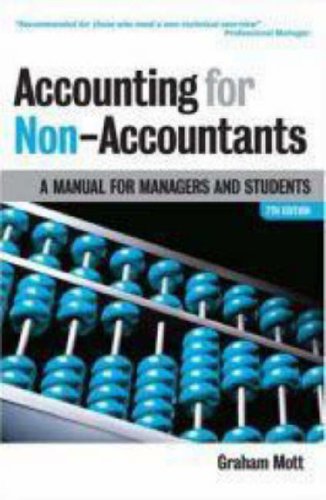


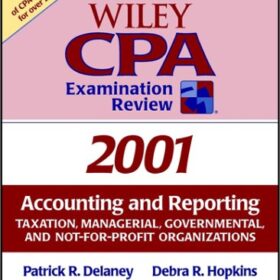
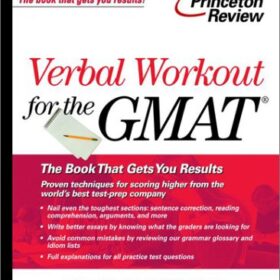

Reviews
There are no reviews yet.